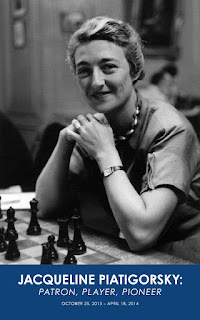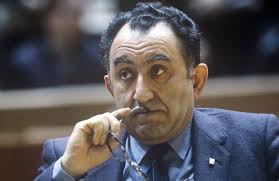Chess Patrons

Faneuil (Fan) Adams, Jr. (1923-1999) was a former senior executive with the Mobil Oil Corporation and former president of the American Chess Foundation (ACF) which later became the Chess-in-the-Schools. He was also the Treasurer and Director of the Manhattan Chess Club. He served as a delegate to FIDE, representing the USA. He was an unpaid, full-time volunteer for chess. He set up chess programs for 160 schools, mostly in inner-city areas, and helped send teams to national scholastic competitions. He was a direct descendent of Samuel Adams. When he died of a brain tumor, he bequeathed a donation of 80% to Chess-in-the-Schools, which he founded, and 20% to the Manhattan Chess Club. His will stated that if the Manhattan Chess Club were to go defunct, this 20% would go back into the Chess-in-the-School for their general use. A year after Adams’ death, Chess-in-the-Schools evicted the Manhattan Chess Club from its b...


